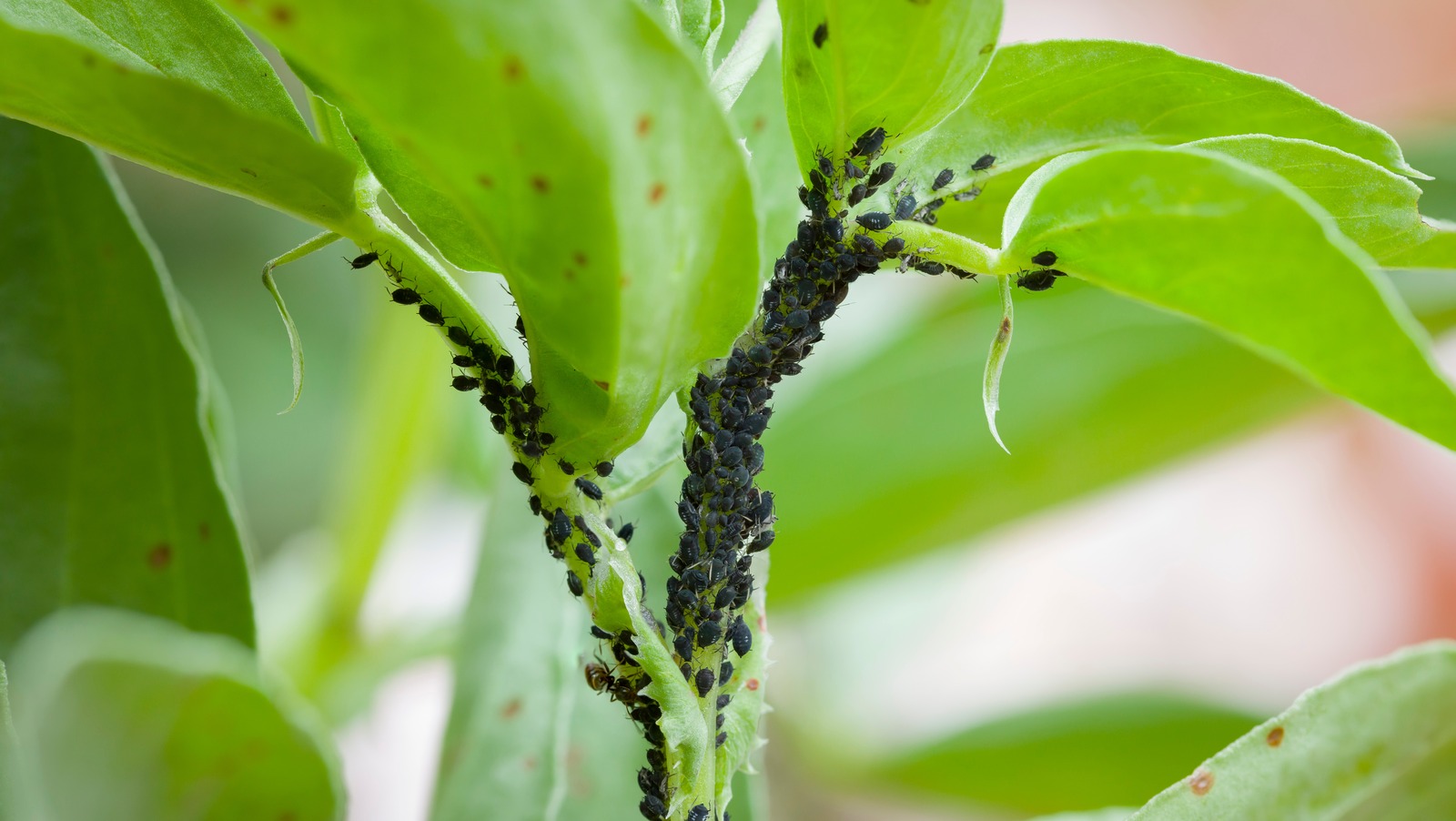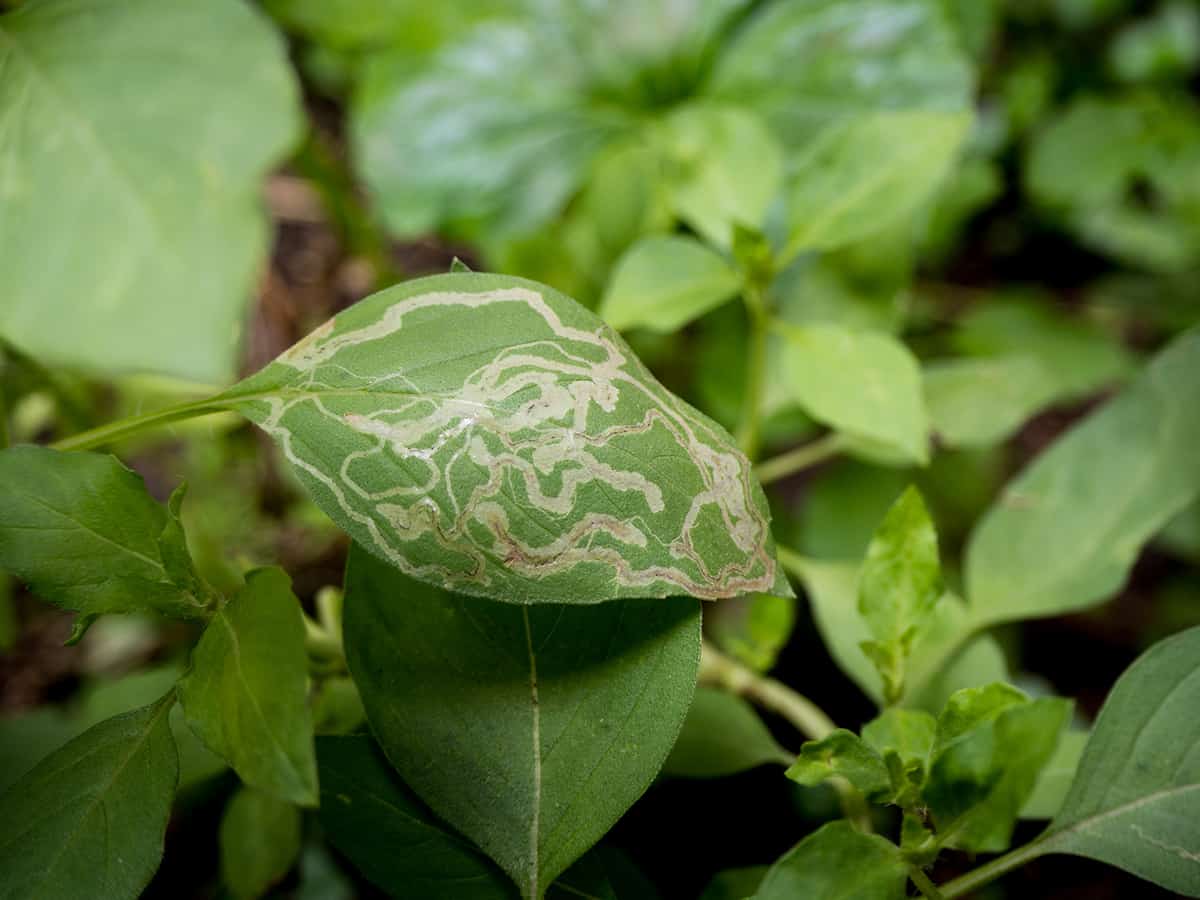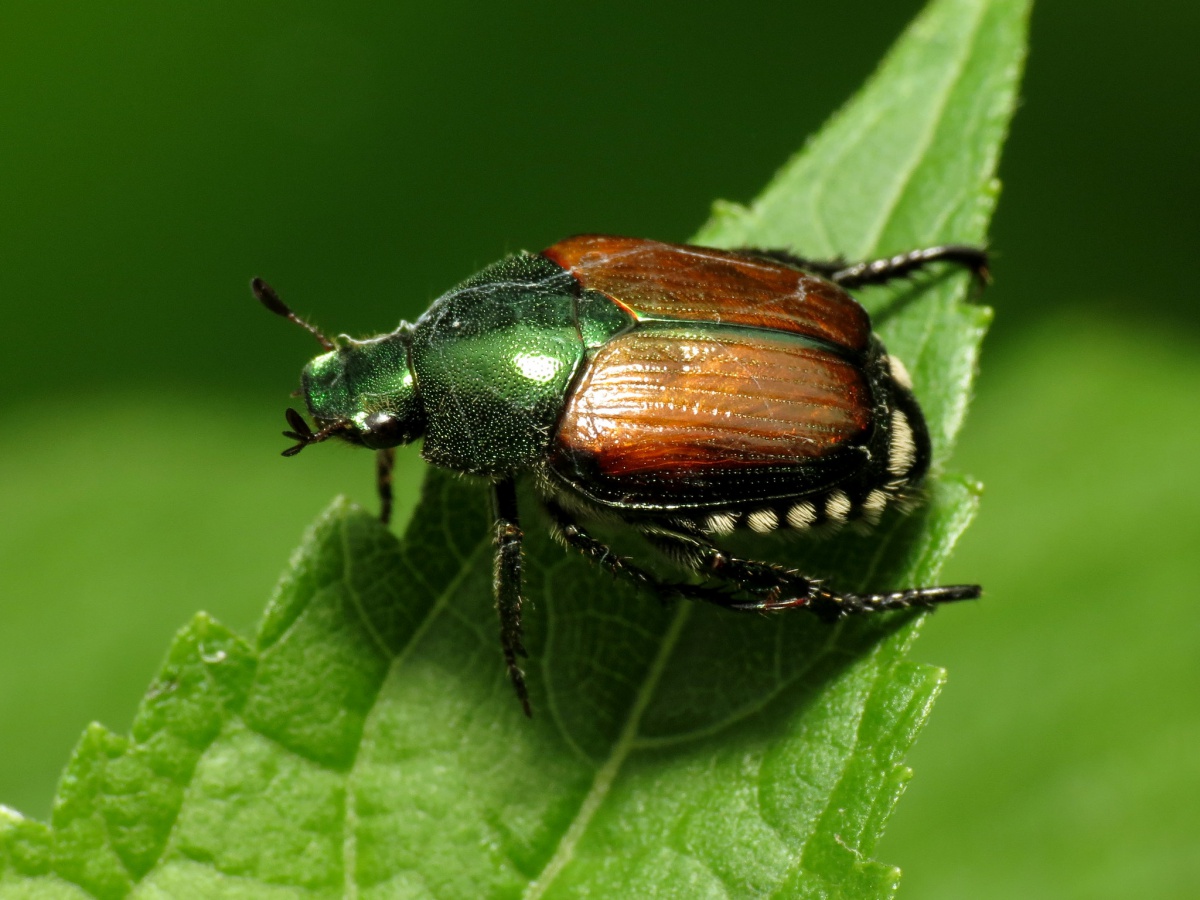Beetles on basil plants present a complex ecological dynamic, affecting the plant’s growth and health. Understanding the role of beetles in the basil ecosystem, identifying infestations, and implementing effective control strategies is crucial for successful basil cultivation.
Basil plants, known for their aromatic leaves and culinary versatility, often encounter beetle infestations. These insects can have varying impacts on basil growth, necessitating proper identification and management.
Ecological Impact of Beetles on Basil Plants

Beetles play a complex role in the ecosystem of basil plants. Some species are beneficial, while others can be pests. Understanding the ecological impact of beetles on basil is essential for managing basil plants effectively.
Beetles can be beneficial to basil plants by consuming aphids, mealybugs, and other pests. Ladybugs (Coccinellidae), for example, are voracious predators of aphids. Ground beetles (Carabidae) feed on a variety of soil-dwelling pests, including slugs and snails.
However, some beetles can also be pests of basil plants. Japanese beetles (Popillia japonica) feed on the leaves of basil plants, causing significant damage. Flea beetles (Phyllotreta spp.) feed on the cotyledons and young leaves of basil plants, stunting their growth.
The impact of beetles on basil plants depends on the species of beetle and the size of the beetle population. Beneficial beetles can help to control pests, while pests can damage basil plants and reduce yields. It is important to identify the species of beetle infesting basil plants and to take appropriate management measures.
Specific Beetle Species That Commonly Infest Basil Plants
* Japanese beetles (Popillia japonica): These beetles are metallic green with copper-colored wing covers. They feed on the leaves of basil plants, causing significant damage.
* Flea beetles (Phyllotreta spp.): These beetles are small, black or brown beetles that feed on the cotyledons and young leaves of basil plants.
* Ladybugs (Coccinellidae): These beetles are beneficial predators of aphids. They are typically red or orange with black spots.
* Ground beetles (Carabidae): These beetles are beneficial predators of soil-dwelling pests, including slugs and snails. They are typically black or brown and have long, slender legs.
Identification and Control of Beetle Infestations

Beetle infestations on basil plants can be detrimental to the plant’s health and yield. Early identification and control measures are crucial to minimize damage and ensure a healthy crop.
Common signs and symptoms of beetle infestations include:
- Chewed or skeletonized leaves
- Holes or notches on leaf edges
- Presence of adult beetles or larvae on the plant
- Fungal or bacterial infections due to beetle-induced wounds
Identification of Beetle Species
Identifying the type of beetle infesting basil plants is essential for effective control. Some common species include:
- Cucumber beetles: Yellow or green beetles with black stripes
- Flea beetles: Tiny, black or brown beetles that jump when disturbed
- Japanese beetles: Metallic green beetles with coppery-brown wing covers
- Ladybugs: Red or orange beetles with black spots (beneficial insects)
Control Strategies
Control strategies for beetle infestations on basil plants range from organic to chemical methods:
Organic Control
- Companion planting: Planting marigolds or nasturtiums near basil can deter beetles
- Handpicking: Manually removing beetles and larvae from the plant
- Insecticidal soap: A natural spray that kills beetles on contact
Chemical Control
- Carbaryl: A synthetic insecticide that targets beetles
- Malathion: An organophosphate insecticide that is effective against various beetles
- Neem oil: A natural insecticide derived from the neem tree
It is important to follow label instructions carefully when using chemical insecticides and to consider the potential impact on beneficial insects.
Prevention and Mitigation Strategies

Preventing and mitigating beetle infestations on basil plants requires a combination of proactive measures and responsive actions. By implementing these strategies, you can safeguard your basil plants and minimize the impact of beetle infestations.
Companion Planting
Companion planting involves growing specific plants alongside basil to deter beetles and enhance overall plant health. Marigolds, nasturtiums, and garlic are effective companion plants for basil, as their strong scents act as natural repellents against beetles.
Natural Repellents
Natural repellents can be applied directly to basil plants or placed around the growing area to discourage beetles. Neem oil, insecticidal soap, and peppermint essential oil are effective repellents that can be diluted and sprayed onto plants. Avoid using chemical insecticides, as they can harm beneficial insects and disrupt the natural ecosystem.
Sanitation and Pruning, Beetles on basil plants
Maintaining a clean and well-pruned garden can reduce the risk of beetle infestations. Remove any fallen leaves, debris, or weeds that may attract beetles. Regularly prune basil plants to remove damaged or infested leaves, preventing the spread of infestations.
The presence of beetles on basil plants can be a nuisance to gardeners. However, these insects can also play a beneficial role in the ecosystem by pollinating other plants, such as the happy bean plant flower . The vibrant blooms of this plant attract a variety of pollinators, including beetles, which contribute to the plant’s reproductive success.
In turn, the happy bean plant flower provides a source of nectar and pollen for beetles, supporting their populations and maintaining a balanced ecosystem in the garden.
The beetles on basil plants, though tiny, play a crucial role in the ecosystem. While basil is not among the endangered plants in nc , the presence of these beetles indicates a healthy environment. They help in pollination and seed dispersal, ensuring the continuation of basil plants and the survival of other species that depend on them.
Basil plants, known for their aromatic leaves, often attract a variety of insects, including beetles. These beetles can feed on the leaves, causing damage to the plant. However, it’s worth noting that axolotls , fascinating aquatic salamanders, thrive in planted tanks, consuming small invertebrates.
Similarly, the beetles on basil plants provide a food source for birds and other predators, contributing to the delicate balance of the ecosystem.